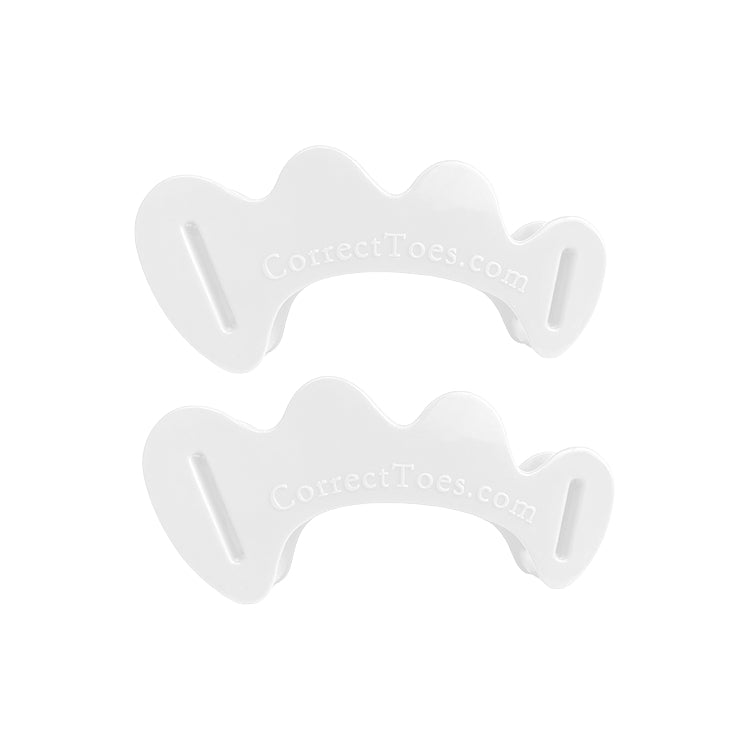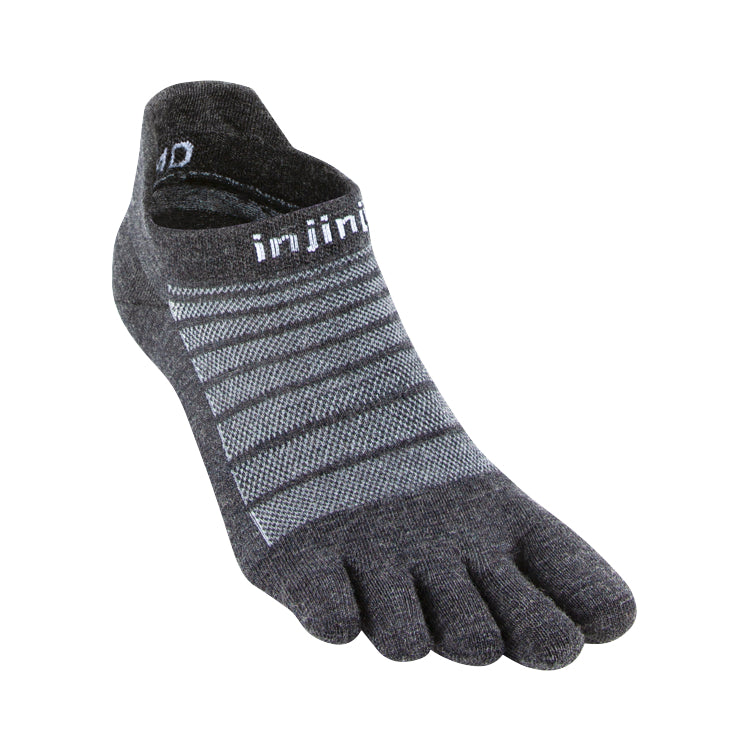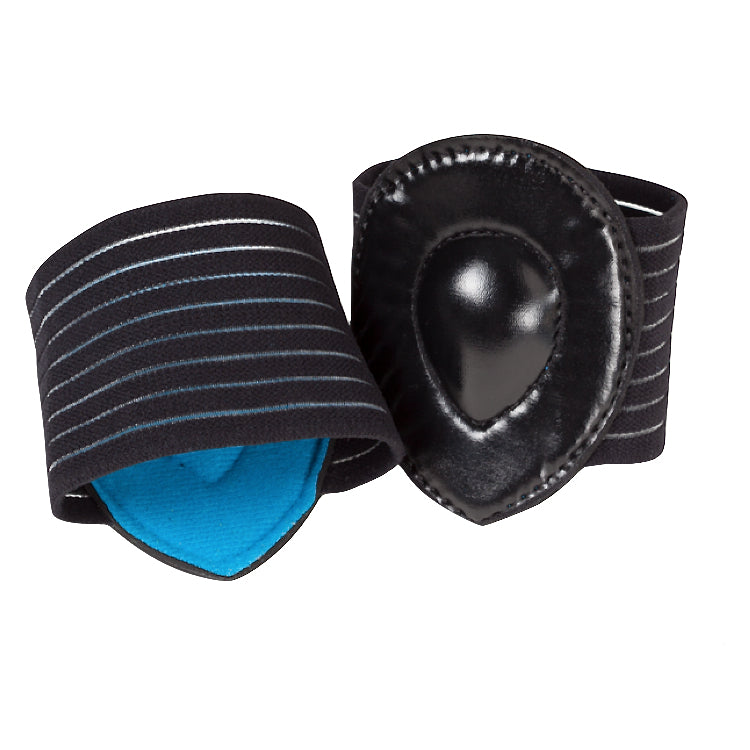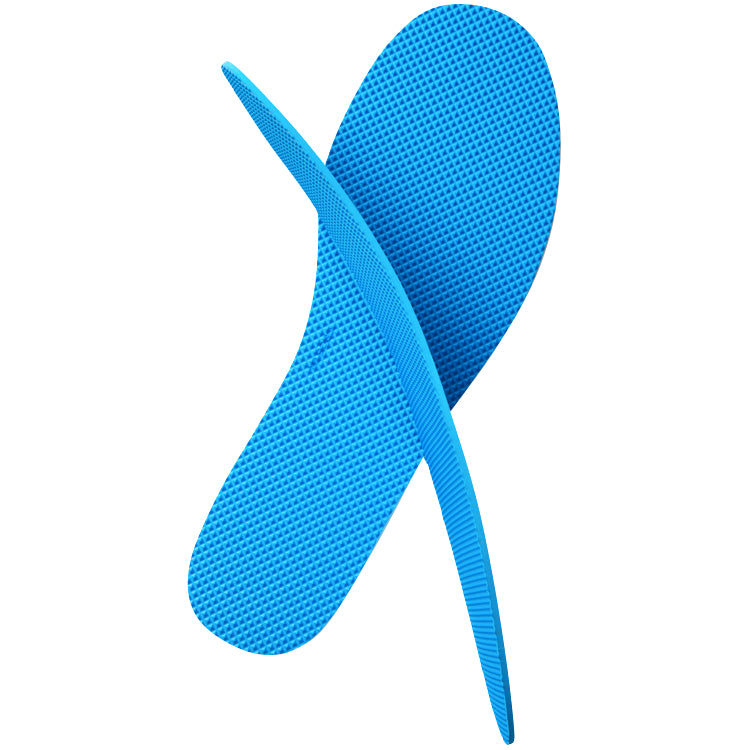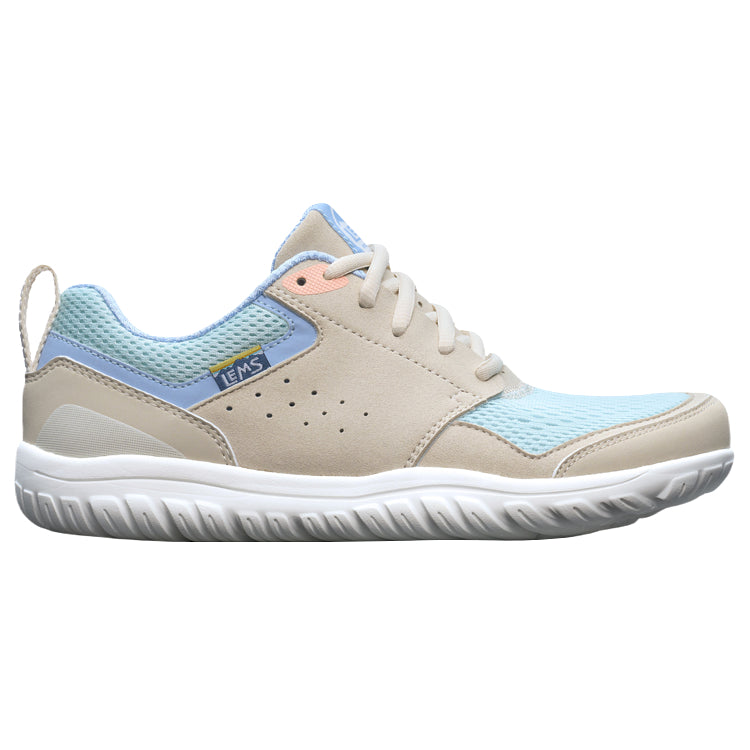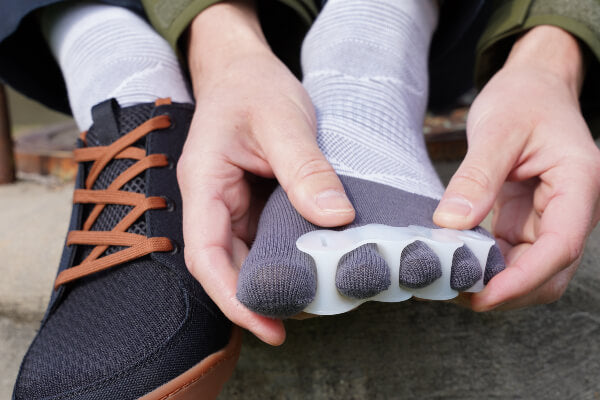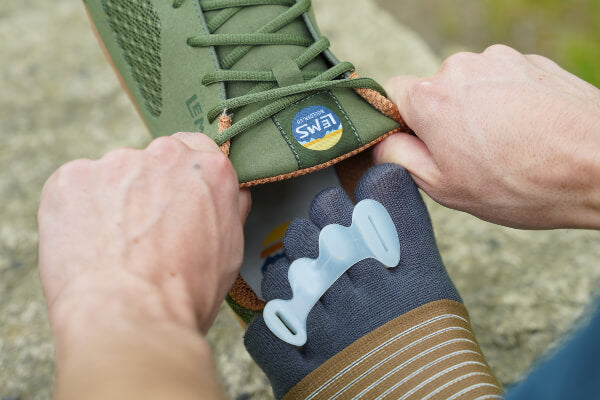
Despite mounting evidence highlighting the drawbacks of conventional footwear and orthotics, these products remain remarkably prevalent. One major reason is the deep entrenchment of cultural norms and aesthetic standards that prioritize fashion over function. Pointy-toed shoes, elevated heels, toe spring, and rigid soles are all features that have become synonymous with style and social status, even though they compromise the foot’s natural shape and function. For decades, these design elements have been promoted through advertising, endorsed by celebrities, and institutionalized in dress codes, reinforcing the idea that beauty and professionalism require structured, supportive, and often restrictive footwear. As a result, the average consumer rarely questions the assumptions baked into mainstream shoe design.
Another significant factor is the medical community’s long-standing reliance on orthotics as a go-to intervention for foot pain. While often prescribed with good intentions, orthotics can become a crutch that masks symptoms rather than addressing root causes. Instead of encouraging patients to rehabilitate and strengthen their intrinsic foot muscles, many practitioners default to arch supports and motion-control devices that further weaken the foot over time. This approach aligns with a broader, symptom-focused healthcare model that favors quick fixes over long-term functional restoration. And because orthotics are often covered by insurance and prescribed by authority figures in white coats, they carry an aura of legitimacy that is difficult for alternative approaches to challenge.
The footwear industry also plays a powerful role in maintaining the status quo. Large companies invest heavily in marketing, perpetuating myths such as the need for cushioning, stability features, and arch support. These messages are often backed by pseudo-scientific language or selectively framed research, making them sound credible to the average consumer. In contrast, natural foot health advocates, many of whom operate outside the conventional system, must work harder to educate the public and counter decades of conditioning. Without the marketing budgets or mass retail presence of mainstream brands, the message of healthy-foot-shaped shoes and proactive foot care spreads more slowly—though it is gaining traction.
There’s also the simple matter of habit and human nature. Most people grow up wearing conventional shoes and only begin to question them when discomfort or injury forces a reevaluation (and often, even then, the role of footwear in causing a variety of foot and toe problems is simply overlooked or downplayed). By that point, years of structural adaptation may have taken place—collapsed arches, weakened foot muscles, shortened Achilles tendons—making the transition to foot-healthy footwear feel challenging or even impossible without proper guidance. And because conventional footwear can, in some cases, temporarily relieve symptoms (much like orthotics), it offers an illusion of effectiveness, encouraging continued use even when it contributes to long-term dysfunction.
Ultimately, the prevalence of conventional footwear and orthotics is less about efficacy and more about inertia—social, medical, industrial, and psychological. At Natural Footgear, we believe that true foot health begins with education, empowerment, and the willingness to rethink what we put on our feet. By restoring natural foot function through correct-shaped footwear, movement re-education, and targeted strengthening, individuals can break free from the cycle of dependency and reclaim their foundation and foot health heritage—one step at a time. The path may require patience and persistence, but the rewards—a stronger, more resilient, pain-free body—are well worth the effort. Natural foot health isn't just a niche alternative; it's a return to the way our bodies were designed to move.

WANT TO IMPROVE YOUR FOOT HEALTH?
Let the team at Natural Footgear help you! Subscribe to our newsletter for the latest offers and helpful info, and sign up for our FREE email courses on various topics and foot health conditions.
Sign Up →
Want to Improve Your Foot Health?
We are here to help you every step of the way. Get our newsletter for the latest offers and helpful info, and sign up for our FREE email courses on various topics and conditions, including bunions, hammertoes, neuromas, plantar fasciosis, shin splints, ingrown toenails, and more.
Sign Up →
 Flat feet, also known as pes valgus or pes planovalgus, is a health problem in which the foot lacks a normal or discernible arch when weight-bearing. Flat feet may be caused by numerous factors or other health problems, including—but not limited to—tendon injury or illness, neuromuscular conditions (e.g., cerebral palsy), conditions causing extremely flexible soft tissues, and tight Achilles tendons. Advanced age, excessive body weight, traumatic foot or ankle injuries,...
Read more
Flat feet, also known as pes valgus or pes planovalgus, is a health problem in which the foot lacks a normal or discernible arch when weight-bearing. Flat feet may be caused by numerous factors or other health problems, including—but not limited to—tendon injury or illness, neuromuscular conditions (e.g., cerebral palsy), conditions causing extremely flexible soft tissues, and tight Achilles tendons. Advanced age, excessive body weight, traumatic foot or ankle injuries,...
Read more



